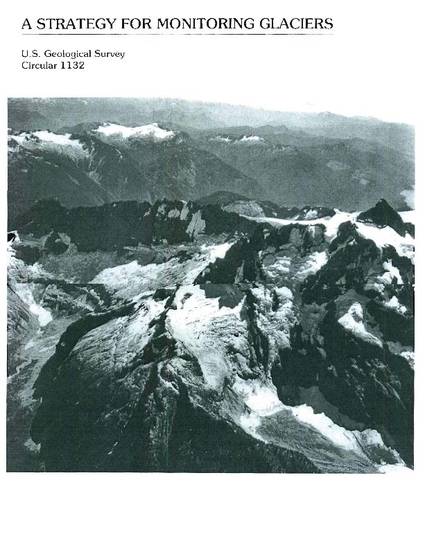
- Glaciers -- United States -- Measurement,
- Glaciers -- Research -- United States,
- Glaciers -- Measurement,
- Glaciers -- Research
Glaciers are important features in the hydrologic cycle and affect the volume, variability, and water quality of runoff. Assessing and predicting the effect of glaciers on water resources require a monitoring program to provide basic data for this understanding. The monitoring program of the U.S. Geological Survey employs a nested approach whereby an intensively studied glacier is surrounded by less intensively studied glaciers and those monitored solely by remote sensing. Ideally, each glacierized region of the United States would have such a network of glaciers. The intensively studied glacier provides a detailed understanding of the physical processes and their temporal changes that control the mass exchange of the glaciers in that region. The less intensively studied glaciers are used to assess the variability of such processes within the region.
